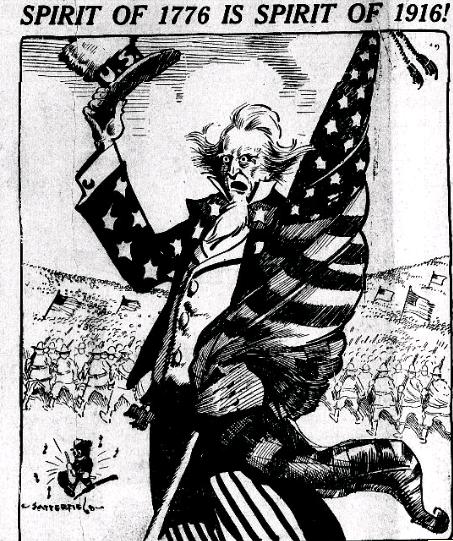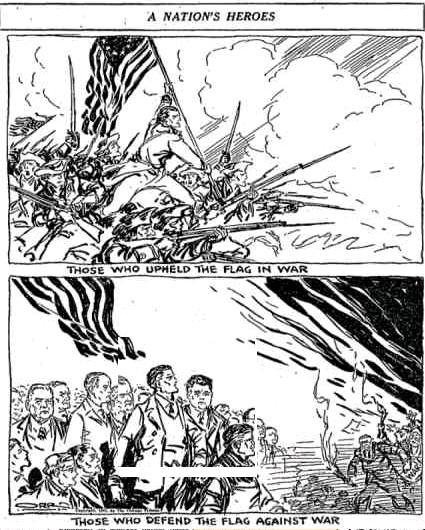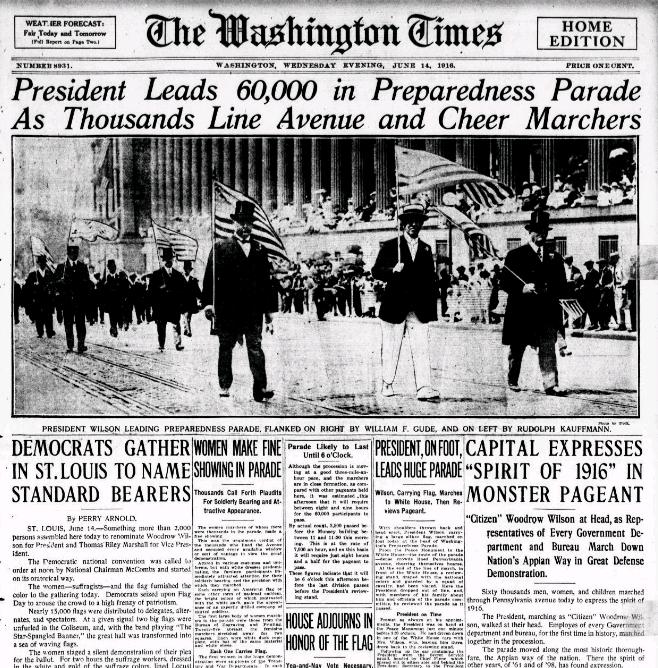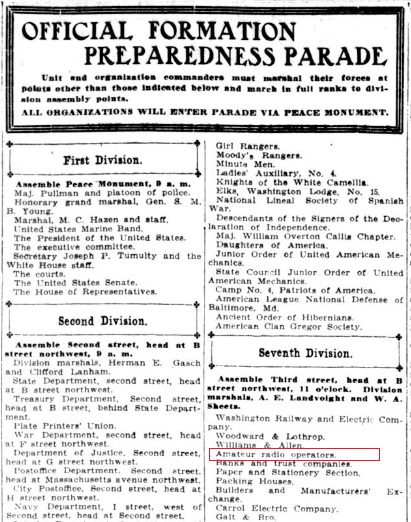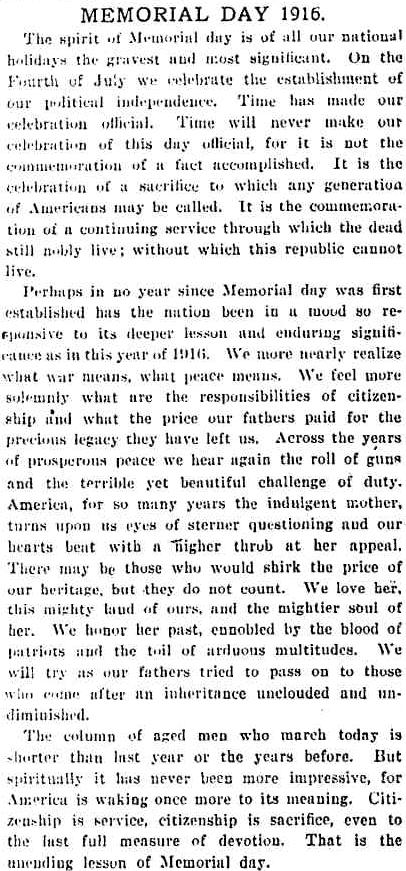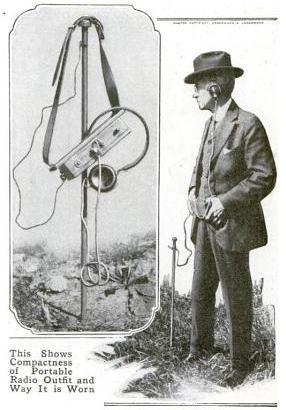Today marks the 100th anniversary of the execution of Captain Charles Fryatt, a British mariner. He was executed by the Germans for attempting to ram a U-boat which was attacking his ship, the SS Brussels, in 1915.
Fryatt’s first encounter with a U-boat came in March 1915 when his command, the SS Wrexham, was under attack. Even though the ship’s normal top speed was 14 knots, with deckhands assisting the stokers, he managed to make 16 knots and arrive safely at port.
On March 28, he was in command of the Brussels, and was ordered to stop by U-boat U-33. When the U-boat surfaced to torpedo the ship, he ordered full steam ahead in an attempt to ram the U-boat. The incident received some notariety in England, and Fryatt was awarded a gold watch by the admiralty.
On June 25, 1916, the Brussels left Holland for England. A passenger on deck reportedly signaled to shore, and the ship was soon surrounded by five German destroyers. The ship was seized, its radio destroyed, and the crew was arrested.
Fryatt was tried by a German court martial on charges of sinking a submarine as a non-combatant (even though the submarine had not really been sunk). He was tried on July 27, 1916, the inscription on the watch serving as evidence of the charges. He was found guilty and executed by firing squad that same evening at Bruges, Belgium.
Whatever warning the execution might have given mariners was overshadowed by the reaction in neutral America. The New York Times called the execution “a deliberate murder,” and the New York Herald called it “the crowning German atrocity.”
The Swiss Journal de Genève opined, “it is monstrous to maintain that armed forces have a right to murder civilians but that civilians are guilty of a crime in defending themselves”.
The November, 1916, issue of Wireless World carried the following note which underscores Capt. Fryatt’s bravery:
A very touching little posthumous incident connected with Captain Fryatt, the gallant Commander of the Brussels, so infamously done to death by the Germans, was recently chronicled by the daily Press. The English stewardesses who, after a great deal of diplomatic pourparlers, were at length released in the beginning of October, narrated that Captain Fryatt was warned by the Germans that if he employed his wireless equipment his vessel and all on board would be sent to the bottom.
Therefore when the wireless operator asked, as the Germans clambered on board, whether be should summon aid the chivalrous seaman answered,” No, I don’t care “what they do with me, but I must think of the lives of the women I carry.” In view of the recent haul of German and Dutch spies made by the Netherlands Government, the further statement of the stewardesses that movements of the Brussels were signalled by flashlight to a German submarine lurking in Dutch waters, and retransmitted by wireless to the German torpedo boat, assumes an air of verisimilitude.
The 11,027 foot Mount Fryatt, in Jasper National Park, Alberta, Canada, was named in honor of Captain Fryatt in 1922. The nearby Brussels Peak is named in honor of his ship.
Read More at Amazon
 Click Here For Today’s Ripley’s Believe It Or Not Cartoon
Click Here For Today’s Ripley’s Believe It Or Not Cartoon



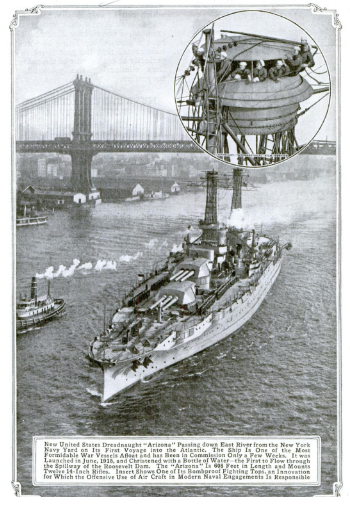
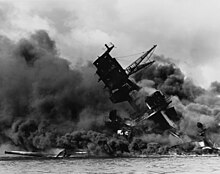
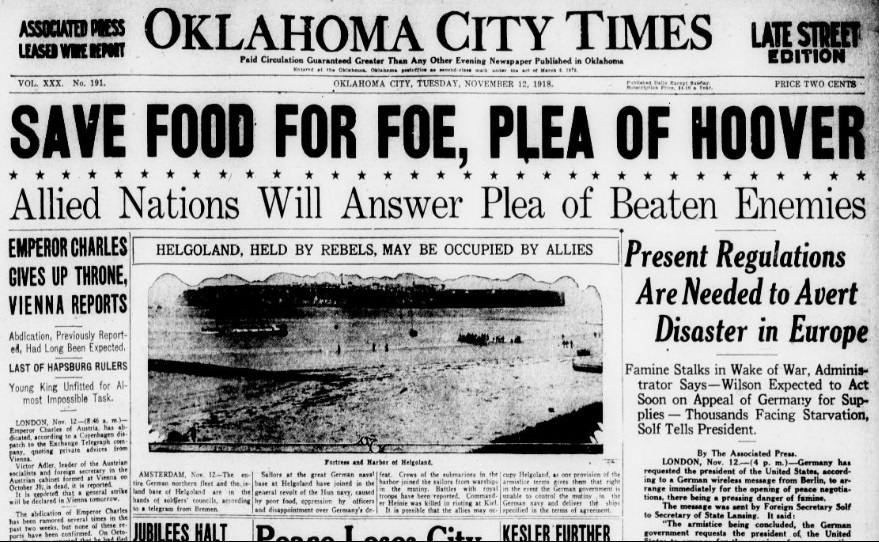

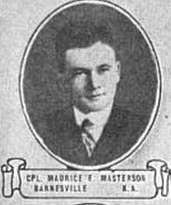

![Mount Fryatt, Alberta. By chensiyuan (chensiyuan) [GFDL (http://www.gnu.org/copyleft/fdl.html) or CC BY-SA 4.0-3.0-2.5-2.0-1.0 (http://creativecommons.org/licenses/by-sa/4.0-3.0-2.5-2.0-1.0)], via Wikimedia Commons](http://onetuberadio.com/wp-content/uploads/2016/07/MountFryatt-150x150.jpg)

